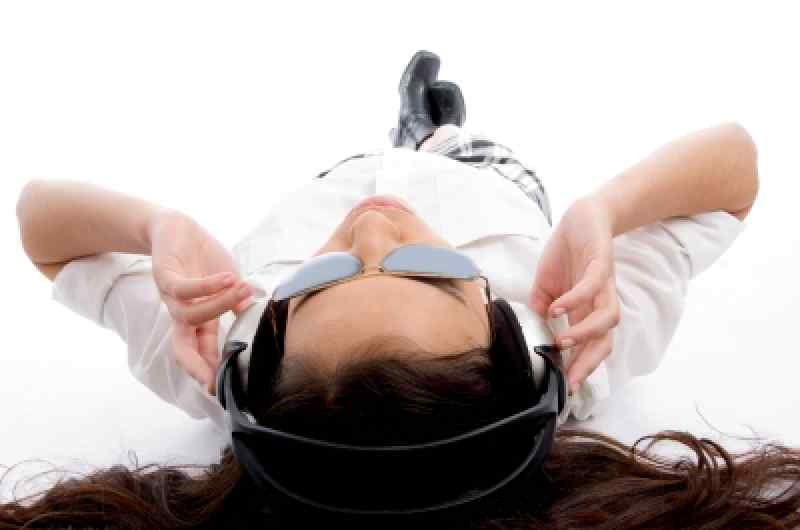Submitted by administrator on
It is not an uncommon turn of phrase to hear that those who have limited sense in one area, make up for it in another. Celebrity examples of this include Stevie Wonder and the legend performer that was Ray Charles who displayed enhanced hearing.It has now been investigated using lab mice how neural connections in the brain that manage both senses work together.An associate professor of neuroscience at the John Hopkins University along with a biologist from the University of Maryland are researching the sight/hearing question. The study is hoped to bring additional benefits for recovering sound perception in patients that have undergone cochlear implants.When lab mice were placed into simulated blindness they discovered that there was a change in the brains circuitry in particular the primary auditory cortex that allows conscious perception of pitch and loudness of sound. As yet they are unsure as to whether a similar simulation would work on a human test subject.
The outcome of these tests conclude that by disabling vision a person may be better able to discriminate softer sounds and pitches.But it is not yet long term as all of the animal subjects apparently returned to hearing normally after being removed from the simulated environment.

